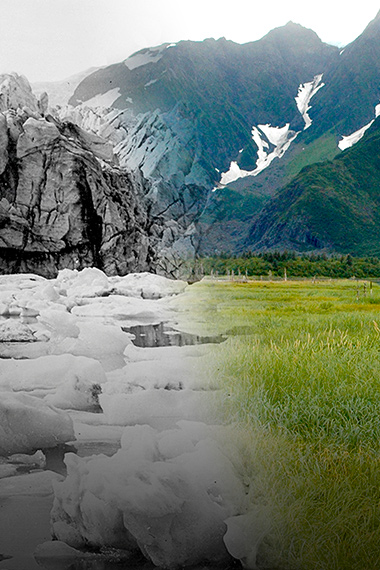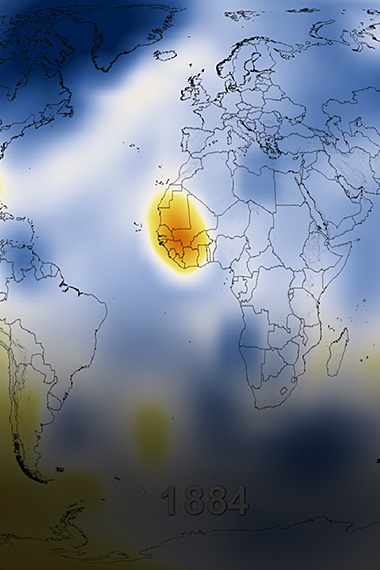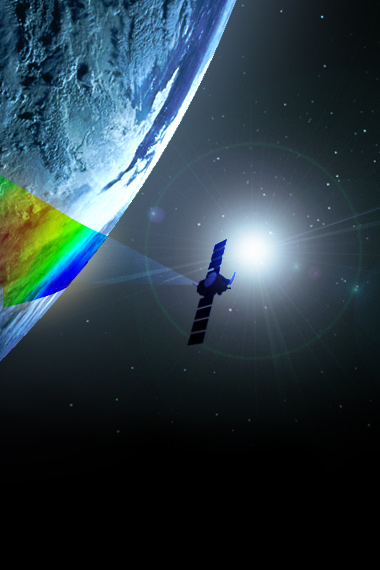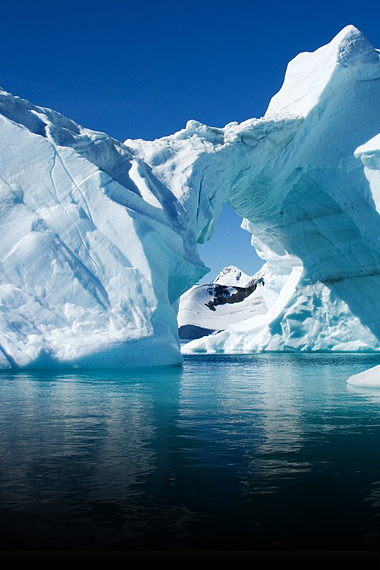MULTIMEDIA
Greenland Land Ice Height Change as Measured by ICESat and ICESat-2
April 30, 2020
As the Greenland Ice Sheet responds to a warming ocean and atmosphere, it has become one of the largest contributors to sea level rise and will continue to be for the foreseeable future. Scientists are working to determine more precisely how much more ice will be lost and when that loss will occur. One key approach to doing this is to analyze changes in the ice sheet's elevation over the past decades where satellite observations are available.
By finding the intersection of elevation track measurements collected by NASA’s ICESat (2003-2009) and ICESat-2 (2018-) satellite laser altimeters, researchers are able to make very precise measurements of elevation change that can be converted into estimates of mass change after correcting for changes in snow density using models.
This visualization depicts changes in Greenland land ice thickness as measured by the ICESat (2003-2009) and ICESat-2 (2018-) satellites. The camera zooms into a region near the Zachariae Isstrom glacier to compare ICESat and ICESat-2 beam tracks. The beam intersections are highlighted to explain how the data at these points are used to measure how land ice has changed over time.
Learn more here.





















.jpg?disposition=inline)








